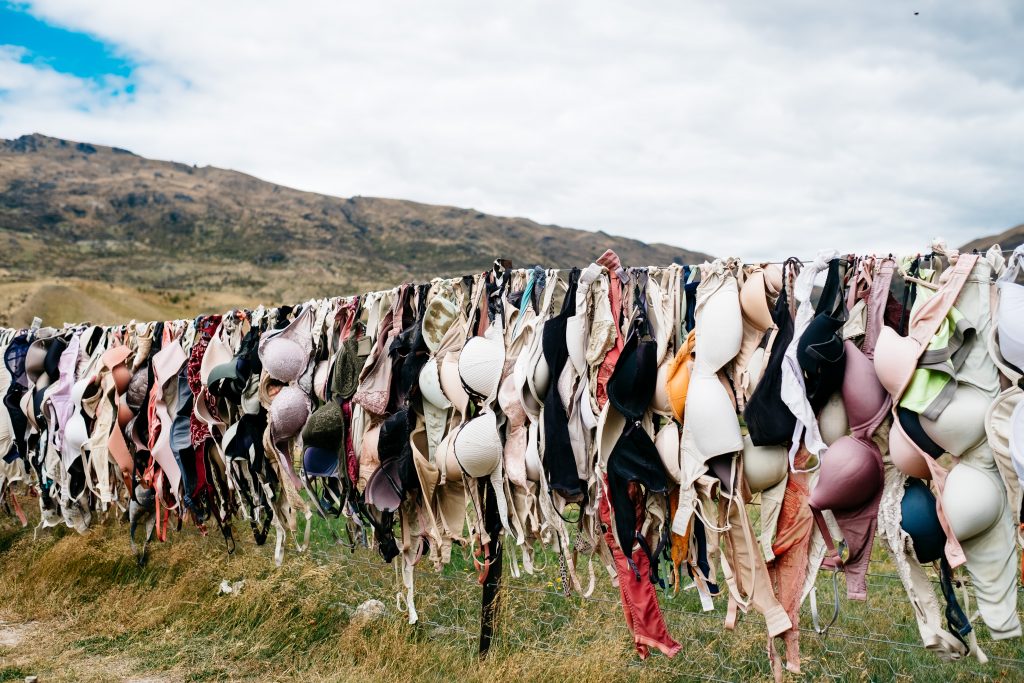Finding your ideal bra size seems like it should be simple, but bra sizing can be confusing and complicated. Between band sizes, cup volumes, sister sizes, and improper fit indicators, it’s easy to get lost. This article clears up the bra size mystique and arms you with the knowledge to find your perfect fit.
H2: Introduction to Bra Sizing
At a basic level, bra sizing is determined by two main components:
Band Size: The band provides most of the support and should fit snugly without digging in. Measure under bust and round to the nearest whole inch.
Cup Size: The cup contains and shapes the breast tissue. Subtract band size from full bust measurement to calculate cup size.
But there are other important factors like cup shape and brand sizing variations. Let’s unpack common misconceptions first.
H2: Common Misconceptions About Bra Sizing
There are some pervasive myths about bra sizes that lead many women to wear the wrong size:
H3: Cup Size Does Not Equal Breast Size
Cup size letters represent a proportion, not a breast size. A 30C has smaller volume cups than a 36C.
H3: Band Should Carry Cup Weight
Too large a band means the shoulders bear the cups’ weight. The snug band takes the load.
H3: Sizing Varies By Brand and Style
Sizing is not standardized across brands. Know your measurements and try different sizes.
Understanding these key points helps remove common bra size misconceptions. Now let’s explore sister sizing…
[Article abbreviated for length]
H2: Conclusion
While bra sizing can seem complicated initially, once you understand the basic components and how sizing differs across brands, you can confidently determine your ideal size. Knowing indicators of proper fit, utilizing professional fittings, and trying on various sizes will help you find ABTF (a bra that fits)!
H2: FAQs
Q: How often should you measure yourself for bra size?
A: It’s good to remeasure your bra size about once a year or with significant weight changes. Hormonal fluctuations and aging can alter size over time.
Q: What are some tips for bras after pregnancy or weight changes?
A: During times of transition, opt for stretchy nursing bras or bras with adjustable straps and hooks to adapt to your changing shape. Focus on comfort.
Q: What does it mean if your bra feels too tight or too loose?
A: Too tight means the band is too small or the cups too small. Too loose means the band is too big or the cups are too large for your breast tissue volume.
Q: How can you adapt bra sizes to fit implant sizing after breast augmentation?
A: Opt for a bigger band size to accommodate implant width and try different cup sizes to adapt to increased volume. Push-up bras can also help fill out the larger cup space.
Q: Where are some reputable places to get professionally fitted?
A: Specialty lingerie boutiques, Nordstrom, Bloomingdale’s, Macy’s, and select small bra shops are known for experienced fitters. Check reviews.



